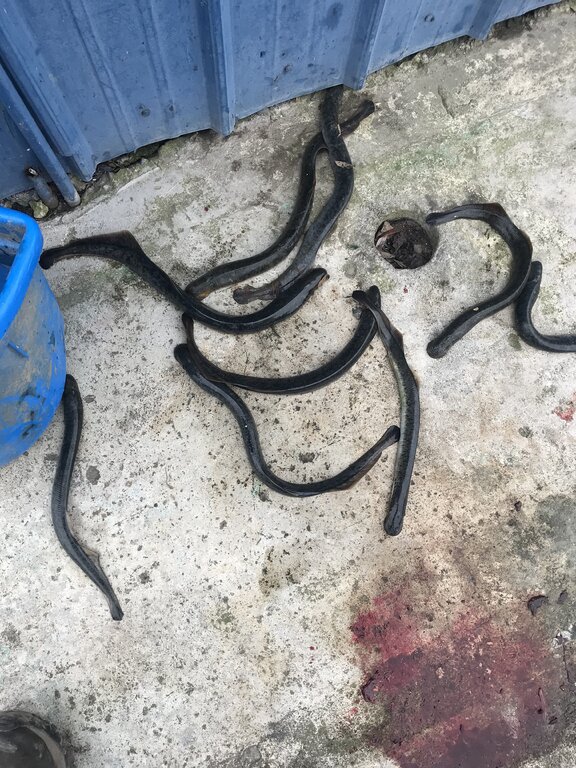-
Posts
13,865 -
Joined
-
Last visited
Everything posted by Sk8man
-
-
I hit one yesterday with the pelletgun but not a direct head shot so just ruffled his feathers. Very limited opportunities as I live in a development but it doesn't mean I give up easily Hoping to get one so I can put it hanging in a tree out back to serve as a "message" to the rest of them. Thye do learn fast....
-
-
One of my cool memories is of ice fishing with Don,his brother Ed, and his dad Marco in front of the Yacht Club at the mouth of the Seneca River back in the early 80's. We had literally thousands of huge perch under us and they wouldn't hit anything we threw at them. These jumbos were packed just like sardines and you couldn't see between them. I got lucky enough to snag one and I immeditately cut it open and checked the contents but I didn't even have to as the thing was gorged on fresh water shrimp and was spitting them up. We all just shook our heads....lesson learned....never forgot it when the perch aren't biting... I ran into Don at Sampson a couple years ago and we had a great chat about the old days and that time on the ice etc.He said he had to give up chartering because of his health issues so I guess this may have been coming for awhile. A real shame as he was a very knowledgeable perch and laker guy, one of the fastest perch cleaners I've ever seen, and spent many years as a barber in waterloo as well. I'll miss his distinct laugh and jovial nature. May God rest his soul.
-
-
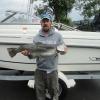
Sold / Closed Pirate Spoons
Sk8man replied to Fishstix's topic in Classifieds - Buy, Sell, Trade or Rent
-

Sold / Closed Pirate Spoons
Sk8man replied to Fishstix's topic in Classifieds - Buy, Sell, Trade or Rent
-

Sold / Closed Pirate Spoons
Sk8man replied to Fishstix's topic in Classifieds - Buy, Sell, Trade or Rent
-
-
They look better than some of the brand new ones Krystian! Nice job on them and the video. Thanks for sharing
-
Alternate Option: (that the rest of us didn't take) visit a psychiatrist instead probably cheaper and more comfortable on your back
-
Just something to keep in mind: like many installation issues in boats it pays to actually set up the items in the boat with the equipment that will be used specifically in or with them. Sometimes little things can potentially become big unanticipated problems spacially when just considering one measurement dimension or another without visually seeing things in action. For example something as simple as a reel with a power handle might not "fit" with other items close by when actually placed in the holder or the available position angles of a particular brand of holder may not present the range of displacement you want for multiple items....sometimes you may even wish to mix compatible brands to achieve this etc. You usually learn important things by doing a "mock up" before actual installation and can avoid some headaches.with any of this stuff.
-
x2 on either option - you want the very best for your "baby"
-
I know there has been a lot of controversy previously here about this question of netting from the head or tail of the fish and despite strong opinions we are left witht the fact that both methods work if the person with the net knows what they are doing. I was schooled by old timers back in the 1960's fishing the Finger Lakes and every one of them netted trout from behind and low so that the fish did not see the net or get spooked but it takes practice and a degree of skill. The problem of the common practice of netting from the head is that a) the fish can and do easily get spooked and take off like a rocket if not really fully tired out from the fight. b) there is an increased risk of knocking the lure or hook out of the mouth with the net; especially with inexperienced netters. An important facet of the netting operation is where in the boat you attempt to net the fish. (All these comments are assuming you have a large long handled net). Netting from the back there is the risk of the fish diving under the prop as they near the boat (especially with large kings and big browns). In netting from toward the back at the side (salmon and rainbows/steelies) often try to keep up with the boat and swim along on the side) and when they don't see the net (presented behind and under them they are only capable of moving forward and if they turn around and run they are in the net. The logical comment here would be yeh but they can take off forward. They may on occasion try it but if they are feeling the pressure of the line and swimming to keep up with the boat they seldom realize that the net is there or what is about to happen. If repeated unsuccessful attempts are made here trying to net them from the head or tail it often spooks them if you're not real quick and adept at it so you're stuck with whatever works. Basically, it is necessary to plan and communicate before the fish arrives at the boat so that the person with the rod is on the same page and communicating with the netter about exactly what is intended and what is happening. Over the years I've found that reducing boat speed to let the fish pull the boat somewhat while using the drag of the reel to control it tends to tire out the fish the best and gradually bringing to the rear side posiition without exposing the net to the fish and then scooping them from underneath and behind is the most workable on my boat and I haven't lost a fish in many many years doing it this way. I know this may fly in the face of what many if not most guys including the "experts" are doing but with either way the developed skill (and quickness)of the netter is the most important variable.
-

Sold / Closed 1986 17 Foot Sea Nymph Fish & Ski Deep V
Sk8man replied to HomeOffice's topic in Boats for Sale
-

Sold / Closed 1986 17 Foot Sea Nymph Fish & Ski Deep V
Sk8man replied to HomeOffice's topic in Boats for Sale
-
-
A lot of valid points here in both directions. As a fishing dinosaur (kinda like Fishstix) I've spent a lot of time during my life fishing without the aid of the newest and greatest :"gizmos". I do use an X4D at this point and years ago I used the predecessor to it that was a temp device that was on a reel with 100 ft or so with a thermistor probe at the end that measured just temp, but do I depend on it to solve all the fishing riddles? NO. It is merely one more tool in the fishing arsenal. For anyone looking to become a skilled fisherperson it is a huge mistake to think that any one tool can "magically" make you a stellar fisherperson. All of these instruments have a learning curve and fishing itself for the different species has different learning curves as well. The basic level is data collection, interpretation, and adaptation to the information presented to be successful. Fishstix is an "old school" very competent fisherman and his points should not be ignored. Learning to fish successfully for the target species before reliance on all the "gizmos" is critical. Very experienced fisherpersons do a lot of things seemingly automatically such as perceiving changes in the wind direction and verlocity, surface changes in the water surface, the appearance of rod tips, estimation of current direction and numerous other things involving attention to detail. This information gathering serves as a baseline for figuring out what tactics, setups, or changes might be be productive. Extensive experience with this process makes for a successful fisherperson and can be far more effective than just the reliance on any one instrument or piece of data for that matter. The Fishhawk becomes most effective when you already have these learned skills because of the value of the specific information it adds to the situation, as does a capable depth finder. Both these items require interpretation based on experience in their use. Combining all these things is what gets consistent results and makes one a skilled fisherperson.
-
The lampricide treatment conducted at the stream mouths and stream sections targets the ammocoete (larval) stage of the lampreys which is basically when they are most vulnerable to the chemicals. It isn't to my knowledge effective against adults. The exact dilution of the chemicals and supportive environmental (low wind, no flooding etc.) condiitions need to be right for it to be effective and to minimize collateral damage. This is a very different situation than trying to kill the adult lampreys which can live up to 15 years or more in the lake. These lampreys look pretty much like medium sized ones so they still have some years left if they were to still live. Previous years high water conditions in the streams which either delayed or prevented treatment efforts in previous years may have resulted in these guys being out there in the numbers they apparently are. Even if treatment efforts are successful it can take years to see the results at the lake level. Have to wonder Steve if those guys may have come from either Wilson or Kashong Creeks as I don't think they are treated.
-
I haven't fished it in quite a few years but there used to be some decent Spring fishing for rainbows from the mouth and toward the electric plant, holes near the bridge, up to the first waterfalls. They are in and out so it is sort of a matter of being lucky to be there at the right time or very frequent checking. The Keuka Outlet and section from first impassable falls (near Route #14) to the lake proper is closed to fishing until April 1st. There are also brown trout (some of them resident and some stocked) in the upper sections of the stream in the Spring and Summer. There used to be a couple good holes with many in the 12 to 18 inch range where the old hydroelectric plant (Mays MIlls?) turbines were (just parts of old foundation left). They are quite wary but they will take the small red (manure worms) on ultralight tackle.
-
I know this could be irrelevant but if this is a change in the way the boat comes up to plane since you've had the boat you may wish to check for water logging of the hull/transom and weight distribution within the boat.
-
Best of luck. If you have any Kastmasters and even the old medium sized Daredevils they can work too
-
-
X2 on Taughannock. It is one place where you can cast into quite deep water easily. Casting heavy spoons and letting them sink toward bottom before retrieving, fishing with live bait such as shiners will work as well. One of the best things for multi-species there is using egg sacks fished both suspended by bobbers and right on bottom.A variety of trout, and lakers and salmon cruise along there all season long but it is quite "on and off" so patience is necessary usually.


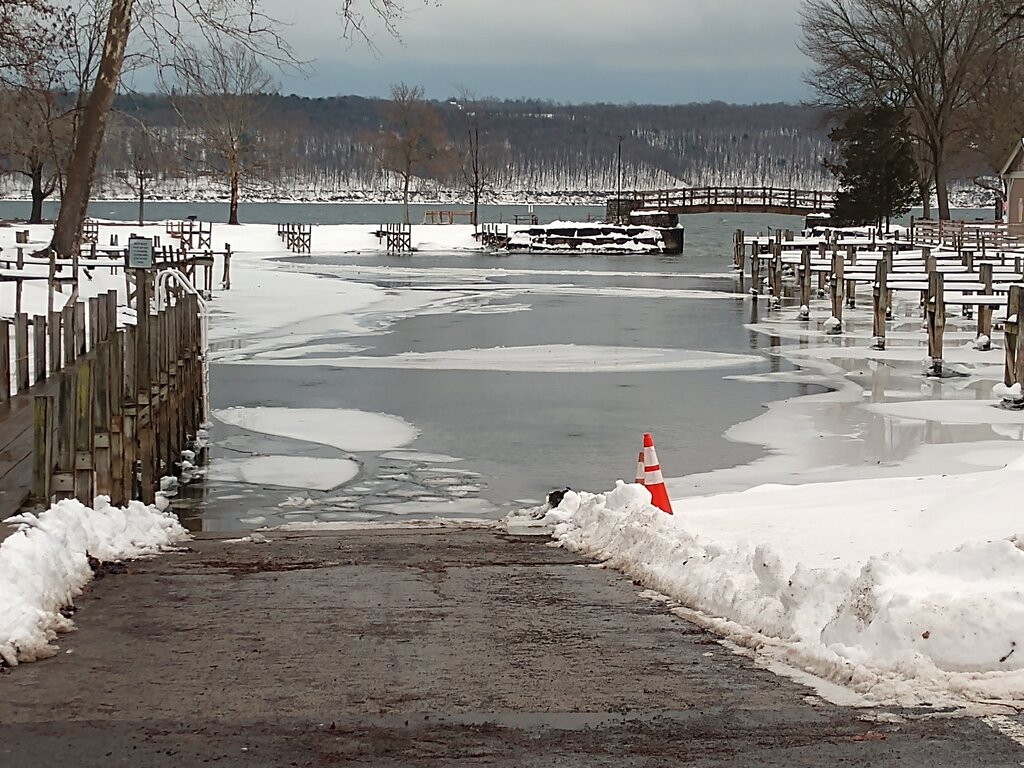
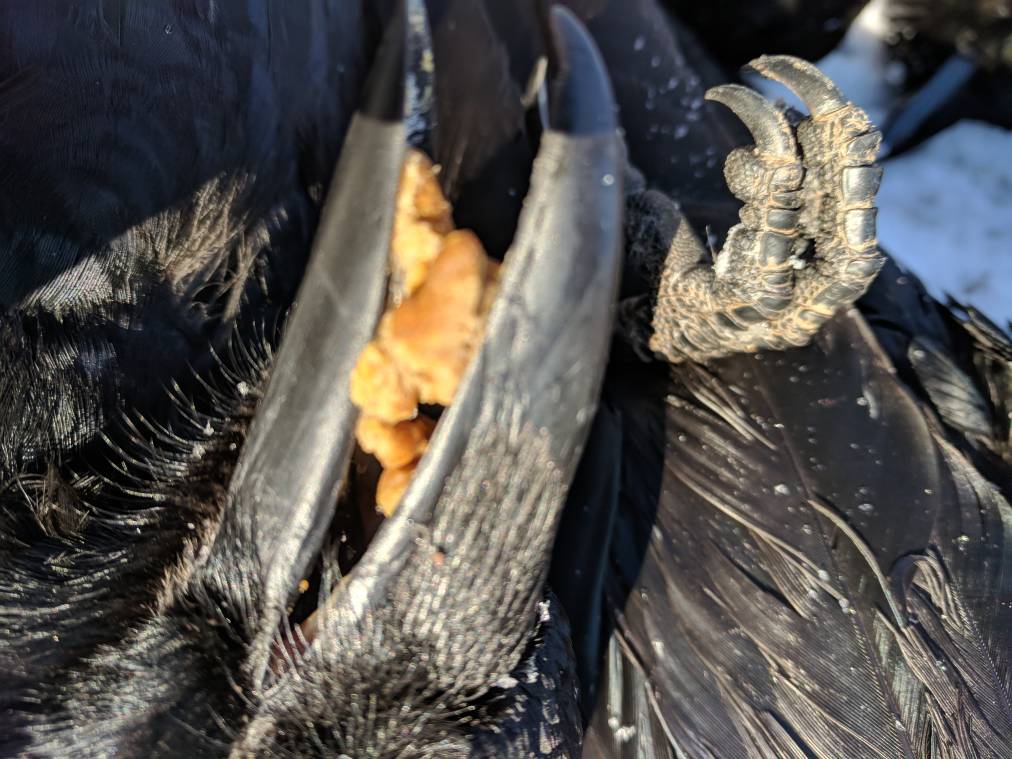

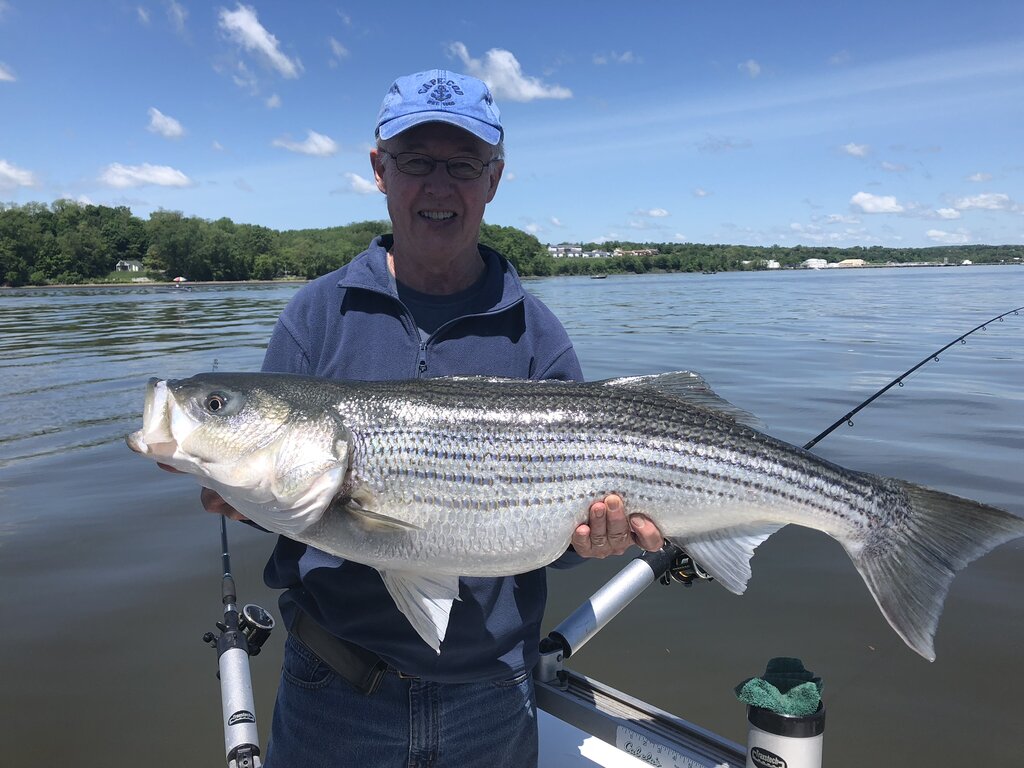
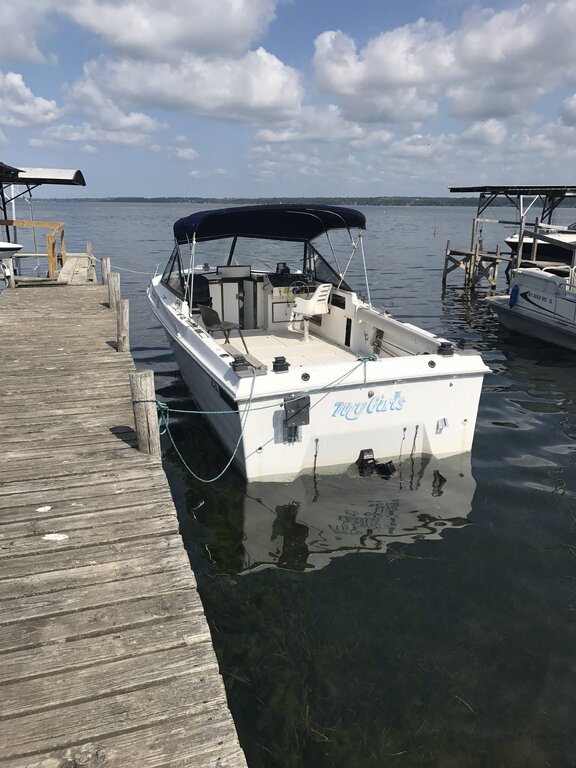
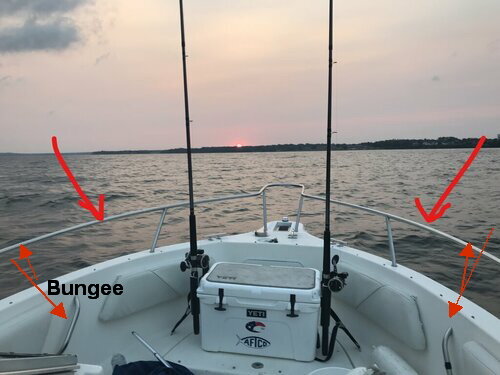


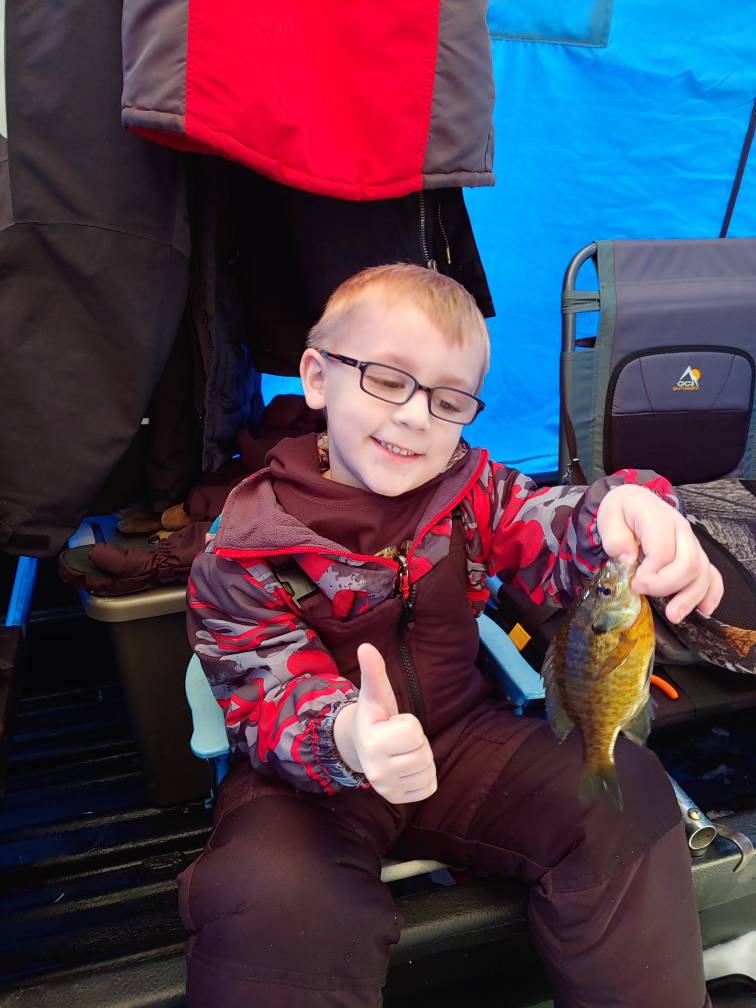
.jpg.9aec80d88487242d82729ab887914d69.jpg)
